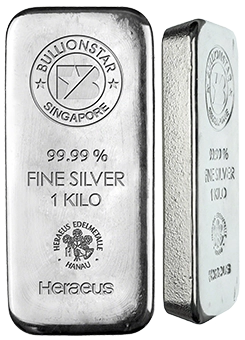The Big Long: Gold’s New Chapter – A Conversation with Ronald-Peter Stöferle
In a year marked by monetary uncertainty and geopolitical tension, the 2025 edition of the In Gold We Trust report arrives with timely insights. Co-authored by Ronald-Peter Stöferle of Incrementum AG, the report explores the evolving role of gold as a strategic asset — and what the coming phase of this secular bull market may hold.
In a recent interview with BullionStar, Stöferle discussed the themes behind this year’s report, titled The Big Long, and offered a comprehensive perspective on gold’s positioning within an increasingly fractured financial system.
History Doesn’t Repeat, But It Rhymes
The report’s title draws a parallel between the contrarian mindset of The Big Short and today’s gold thesis.
“Well, obviously, it’s a reference to The Big Short, a movie that I always enjoyed watching, and I watched it a couple of times again for this year’s report just to prepare.”
Stöferle sees similarities in the current environment, where early signals of structural stress are now becoming more widely acknowledged. But unlike the 2008 housing crisis, the focal point today is the global monetary regime itself.
Three Forces Driving the Bull Market in Gold
Stöferle identifies three primary dynamics supporting gold’s continued strength:
1. Emerging Market Demand Reshapes the Landscape
A core theme in both the report and the interview is the shift in physical demand away from traditional Western markets.
“The center of the gold market isn’t in London or New York anymore. It’s rather in Shanghai. It’s in Mumbai. It’s in Dubai.”
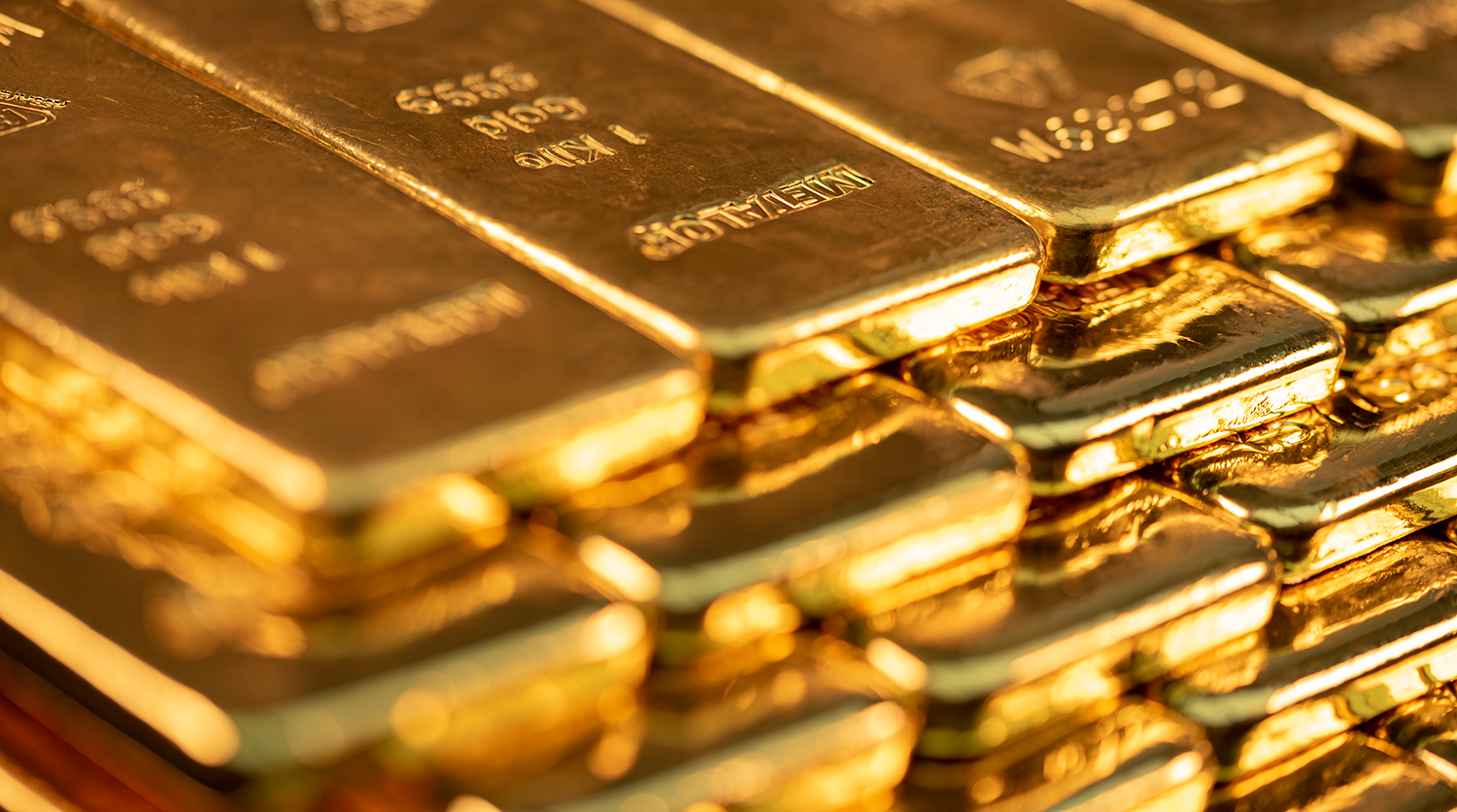
Central bank gold purchases have exceeded 1,000 tonnes annually for three consecutive years, led by institutions in Asia and the Middle East. Private sector accumulation in these regions also remains resilient, even at higher price levels.
2. Erosion of Trust in Traditional Safe Havens
Stöferle notes that investor behavior during recent market turbulence diverged from past patterns. Where U.S. Treasuries once represented a universal flight to safety, sentiment is now more cautious.
“The dollar was selling down and yields were rising… People don’t really trust this safe haven in the US anymore.”
This, he argues, reflects a broader erosion of confidence — not just in financial instruments, but in the systems underpinning them.
3. Strategic De-Dollarization
As global trade and reserves diversify, gold is being reconsidered as a politically neutral reserve asset. Stöferle suggests that discussions once seen as fringe — such as the revaluation of gold reserves — are entering mainstream financial debate.
“Things like auditing Fort Knox, or, for example, a revaluation of US gold reserves… this was kind of a topic that was discussed only in the gold scene. But now it’s really becoming mainstream.”
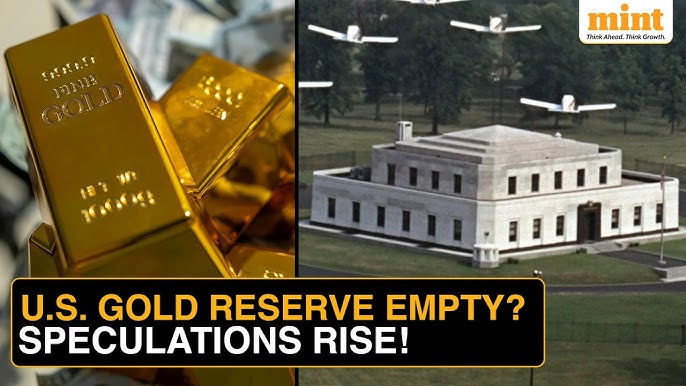
Positioning Within the Bull Market Cycle
Stöferle frames the current stage of the gold bull market within Dow Theory’s three-phase model: accumulation, public participation, and mania.
“This is the phase when the media picks up the topic again… when the big banks start covering this asset again… when they raise their price forecast.”
He believes we are mid-way through the second phase. Institutional coverage is increasing, product issuance is rising, and sentiment is firm — but not euphoric. The report sees this as a constructive setup for further gains.
Is Gold Too Expensive?
With prices reaching USD 3,500 in April, many investors question whether gold remains attractively valued. Stöferle’s response is measured:
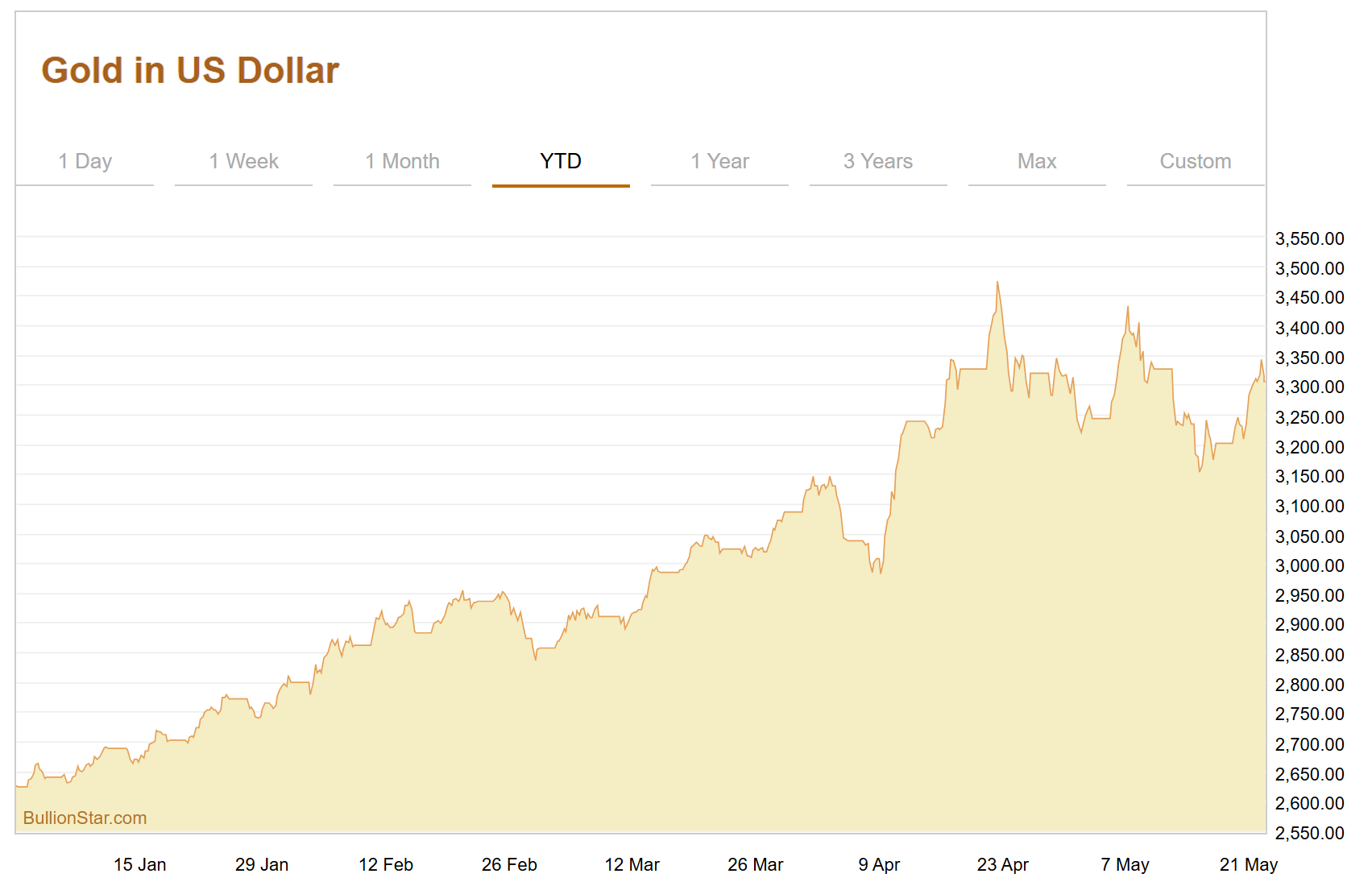
“Gold isn’t dirt cheap anymore… but it’s not extremely overvalued.”
He cites the ratio of gold’s market capitalization to U.S. equities — currently around 40%, compared to 160% at the 1980 peak — as one indicator. He also notes that relative to long-term monetary aggregates, gold remains underappreciated.
His practical advice for individuals remains clear:
“Some sort of a dollar cost averaging always makes sense.”
The Case for Physical Metal
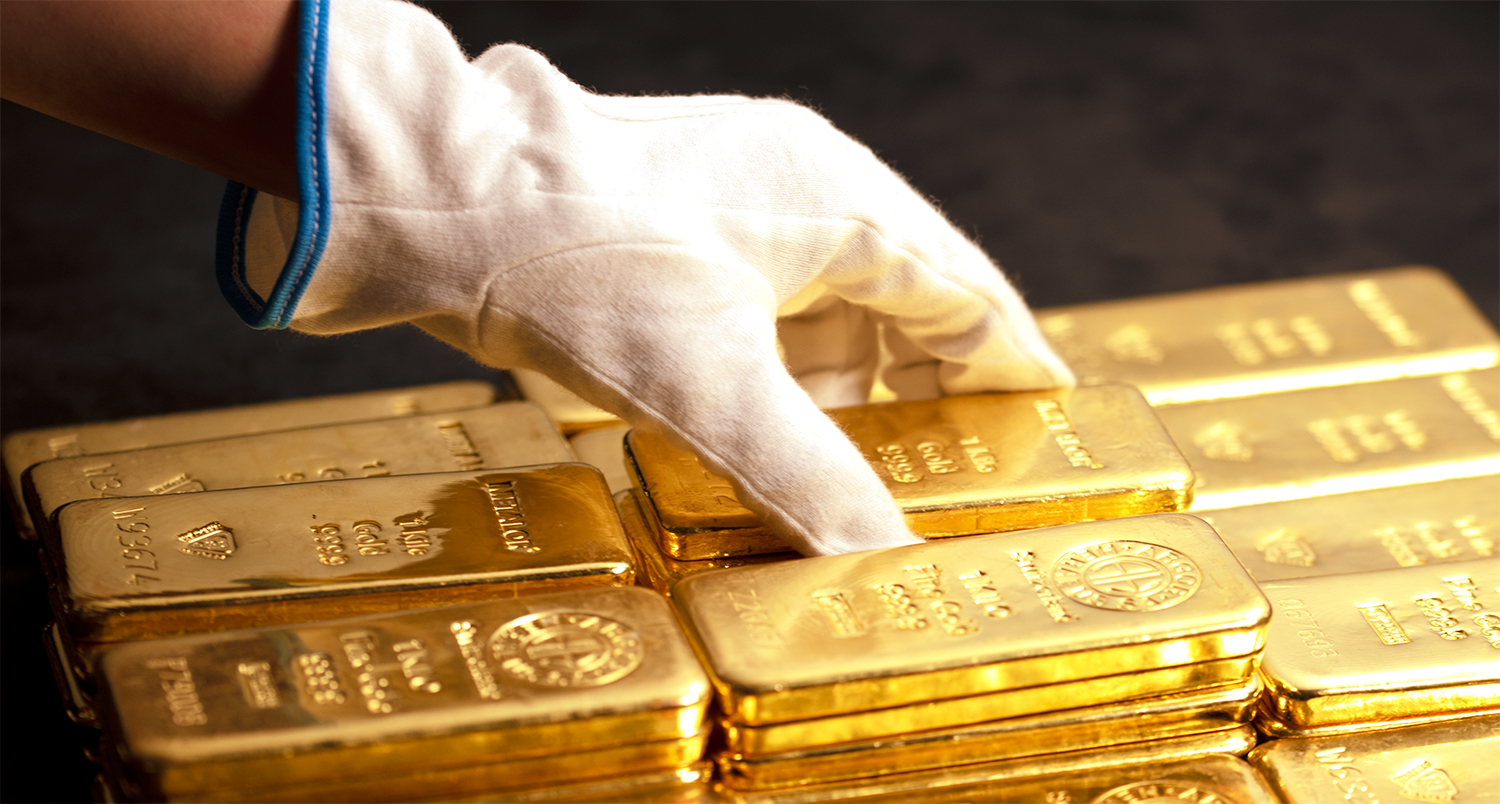
Beyond price movements, physical gold is gaining renewed interest as a strategic asset. In early 2025, the United States imported over 2,000 tonnes of gold — a figure that surprised many analysts.
“It was primarily high net worth individuals, family offices, hedge funds buying physical gold.”
Stöferle views this as part of a broader shift toward tangible stores of value. He underscores the psychological difference between holding physical bullion and financial derivatives:
“People don’t want paper promises. They want possession.”
Silver’s Lag May Not Last
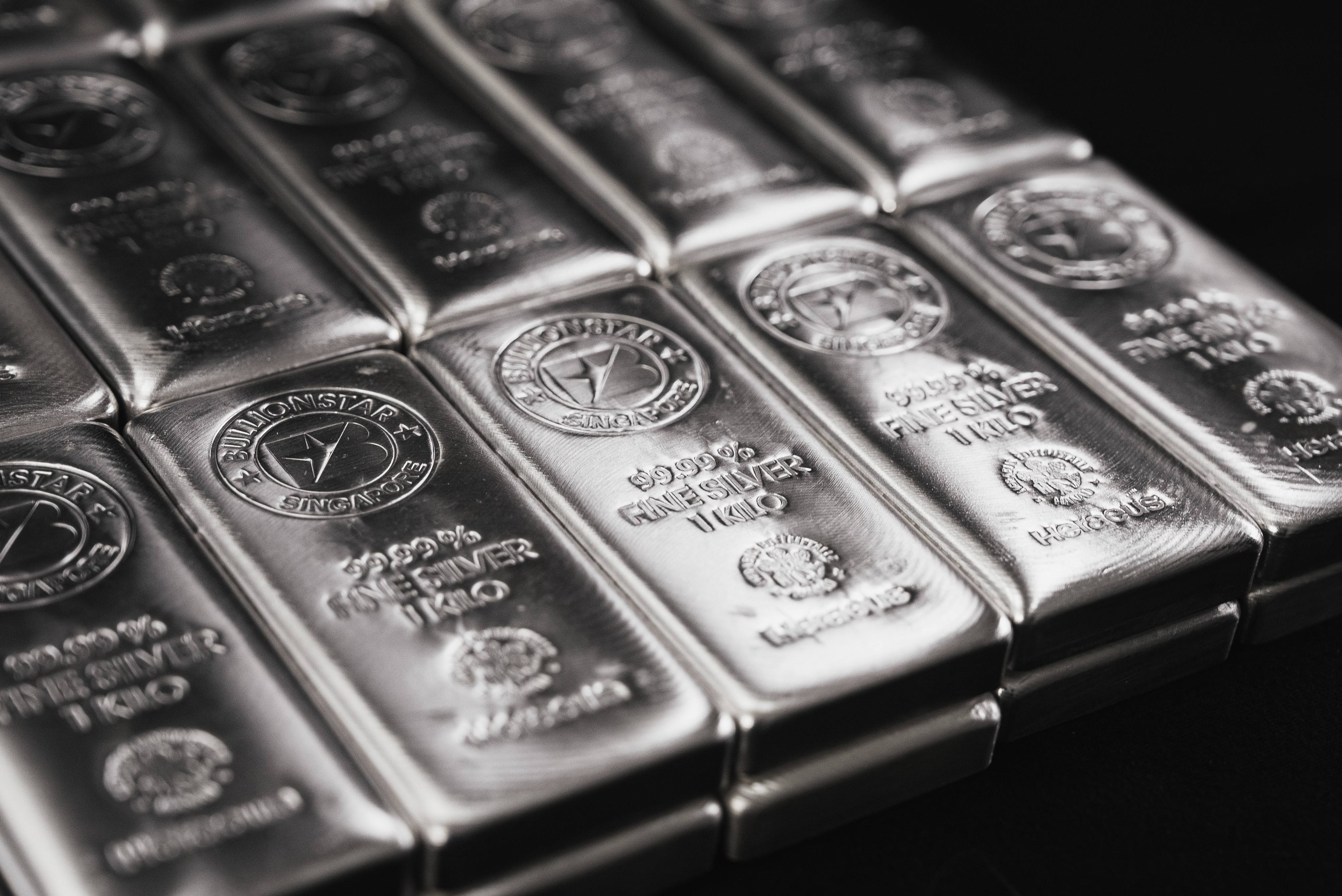
While gold has captured headlines, silver has underperformed. But Stöferle believes its time may be near.
“We can easily see a triple digits for silver definitely.”
With industrial demand — particularly from solar projects — continuing to climb, he suggests that investor participation could catalyze a significant revaluation. The gold-silver ratio remains historically elevated, suggesting room for convergence.
China, BRICS, and the Global Monetary Shift
Another key discussion point is the role of China and the BRICS nations in reshaping the global reserve system. China officially reports gold reserves of just over 2,000 tonnes — but analysts including Stöferle suspect the true figure may be far higher.
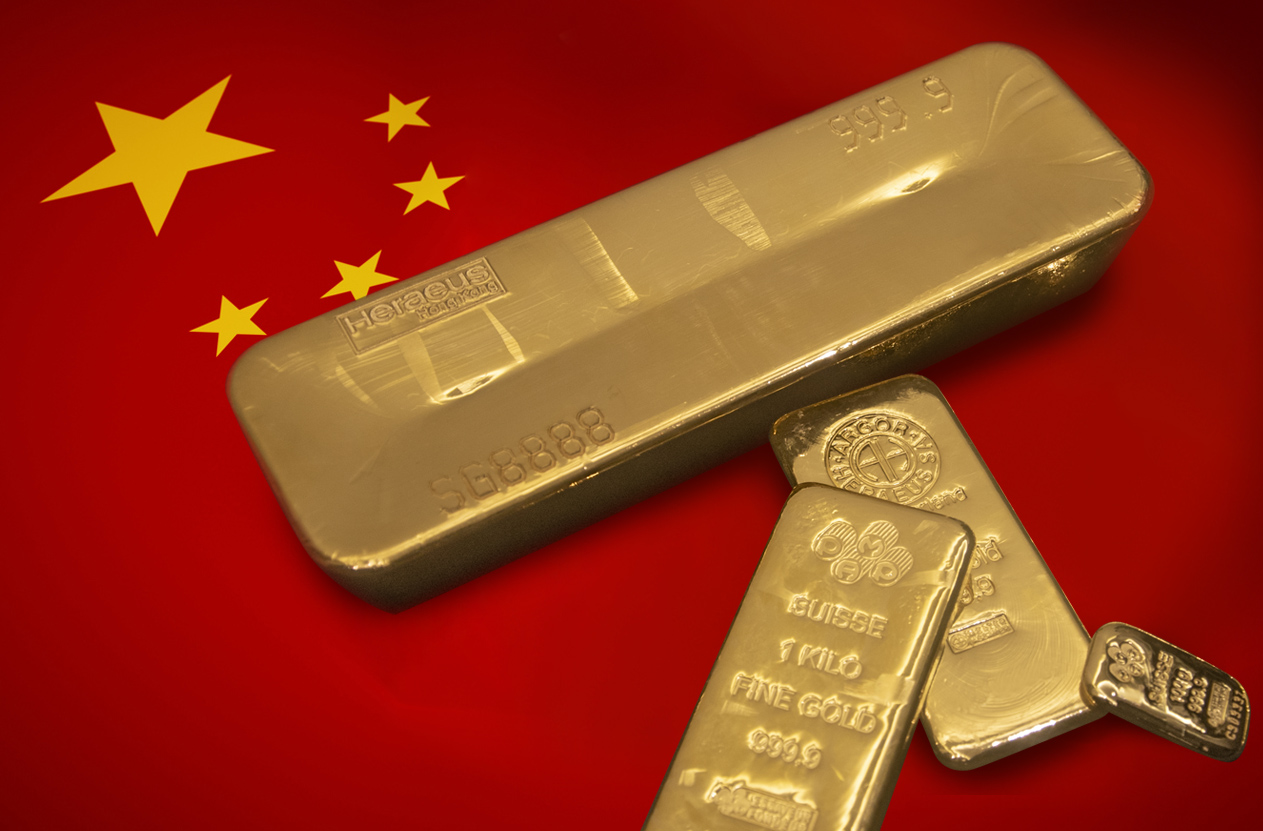
“It would be naive to think they only hold like 2,000 tonnes.”
While he does not foresee a formal gold-backed renminbi, he believes gold will play a central role in enhancing trust around new trade agreements and multilateral financial structures.
The U.S. Dollar’s Structural Bind

Stöferle articulates a fundamental contradiction facing U.S. policymakers:
“They want and they need a weaker US dollar, but they want to protect the status of the US dollar as the world reserve currency.”
Maintaining both is increasingly difficult. In this context, gold becomes not just a hedge — but a structural counterbalance in portfolios.
Gold as a Mirror of Monetary Reality
In closing, Stöferle reflected on gold’s broader significance:
“Gold is a mirror. It’s a mirror, not only of our monetary system, the economy, but also of society.”
He encourages new investors to explore gold not just as a price chart, but as a reflection of monetary history, policy shifts, and long-term purchasing power.
“Gold protects and even increases your purchasing power over long time frames. And that’s I think the most important message.”
Conclusion: Strategic Relevance in a Time of Transition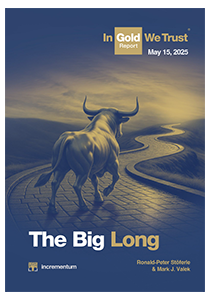
As traditional monetary relationships evolve, Stöferle sees gold occupying a central role in both institutional strategy and personal wealth preservation. Whether viewed as a hedge, a reserve asset, or an insurance policy, its relevance is expanding.
The In Gold We Trust report offers a timely lens through which to evaluate this shift — one rooted not in speculation, but in structural transformation.
Popular Blog Posts by BullionStar
 How Much Gold is in the FIFA World Cup Trophy?
How Much Gold is in the FIFA World Cup Trophy?
 Essentials of China's Gold Market
Essentials of China's Gold Market
 Singapore Rated the World’s Safest & Most Secure Nation
Singapore Rated the World’s Safest & Most Secure Nation
 Infographic: Gold Exchange-Traded Fund (ETF) Mechanics
Infographic: Gold Exchange-Traded Fund (ETF) Mechanics
 BullionStar Financials FY 2020 – Year in Review
BullionStar Financials FY 2020 – Year in Review
 Jim Rogers on Gold, Asia, and the Future of Money
Jim Rogers on Gold, Asia, and the Future of Money
 Market Update: Physical Gold & Silver Shortages
Market Update: Physical Gold & Silver Shortages
 A Glimpse Inside BullionStar’s Precious Metals Vault
A Glimpse Inside BullionStar’s Precious Metals Vault
 Rick Rule on Why Gold Could Reach $10,000 as the Dollar Declines
Rick Rule on Why Gold Could Reach $10,000 as the Dollar Declines
 The Day the Dollar Lost Its Gold: The Nixon Shock
The Day the Dollar Lost Its Gold: The Nixon Shock






 BullionStar
BullionStar 0 Comments
0 Comments








